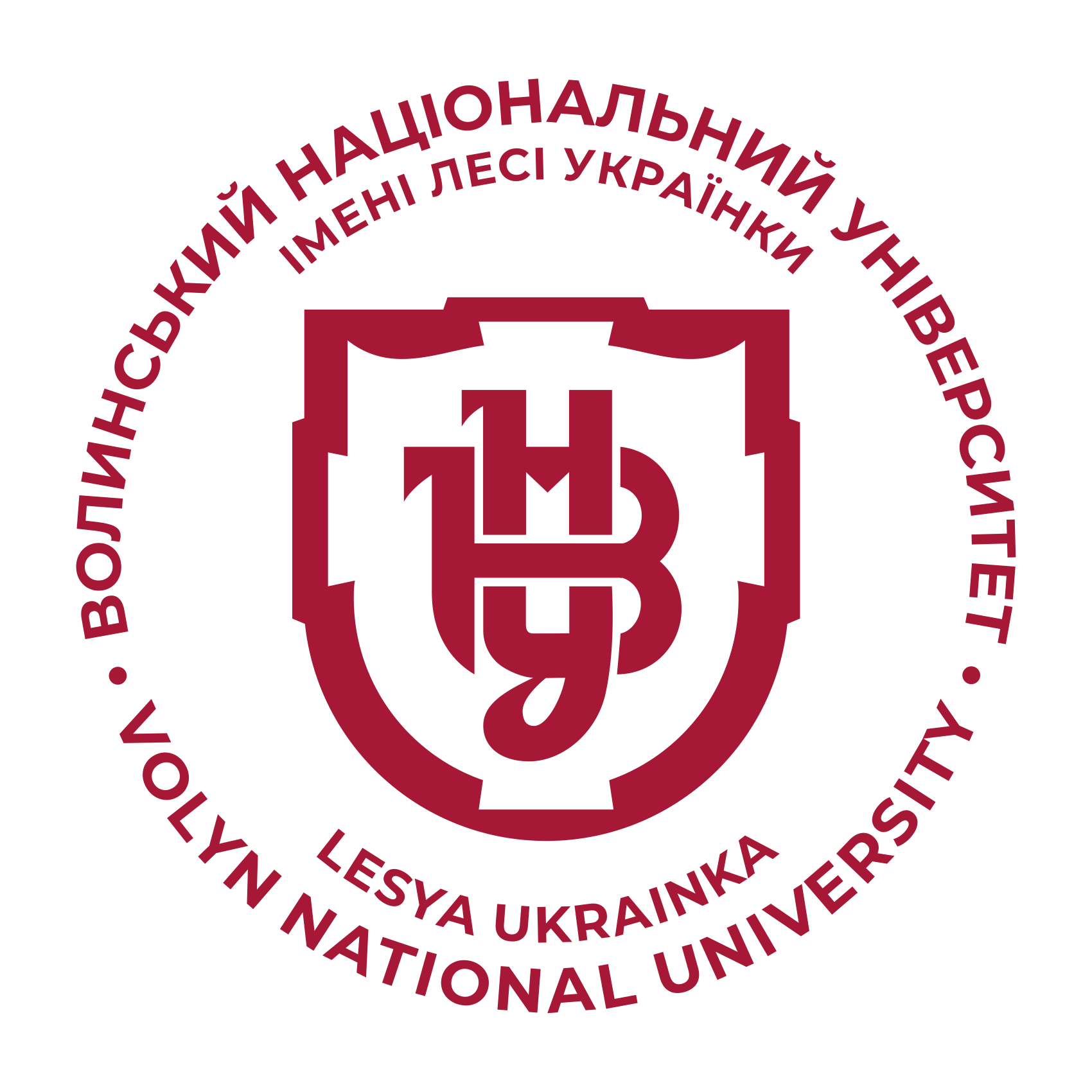INNOVATIVE APPROACHES TO ANALYZING ENTERPRISE COSTS UNDER MARTIAL LAW
DOI:
https://doi.org/10.29038/2786-4618-2025-02-51-58Keywords:
enterprise costs, martial law, adaptive budgeting, digital transformation, cost analysis, scenario planning, cost management, financial resilience.Abstract
Introduction. The full-scale war launched by russia against Ukraine in 2022 caused unprecedented disruptions to the country’s industrial sector. Many enterprises suffered physical destruction or had to suspend operations. Those that remained operational faced severe challenges, including soaring costs of energy, logistics, labor, and security. The economic impact was reflected in significantly increased production costs and deteriorating financial indicators. These conditions called for a profound rethinking of cost management systems and emphasized the need for innovation and digitalization in enterprise operations.
The purpose of the article. This article aims to provide a comprehensive analysis of cost management practices in Ukrainian industrial enterprises under martial law, focusing on how war-induced shocks transformed cost structures. It explores modern, data-driven approaches to cost analysis, including real-time accounting automation, Big Data, adaptive budgeting, and scenario planning as tools to enhance resilience and financial stability.
Methods. The study employs a comparative analytical approach, synthesizing theoretical insights, official statistics, consulting reports, and real-world case studies. The empirical basis includes data from the metallurgy, machinery, and agriculture sectors during 2022-2024. Key sources involve academic publications, reports from consulting firms (Deloitte, KPMG), and analytical insights from national statistical and sectoral agencies.
Results. The analysis reveals structural shifts in cost composition due to war-related factors: rising energy dependence, logistics bottlenecks, labor shortages, and inflation. Ukrainian enterprises experienced dramatic increases in production costs – particularly energy and transportation – due to damaged infrastructure and currency depreciation.
To cope with these pressures, companies introduced modern cost optimization practices. Many adopted digital tools, including ERP systems, business intelligence (BI) dashboards, and AI-powered analytics. These technologies enabled real-time expense tracking and forecasting. Big Data tools allowed enterprises to analyze demand patterns, manage inventory more efficiently, and reduce excess costs. Adaptive budgeting approaches provided organizations with flexibility to reallocate resources rapidly in response to market volatility, especially during energy price spikes or supply chain disruptions.
The article includes a comparative table contrasting traditional versus innovative cost management methods, highlighting the advantages of automation, predictive analytics, and integrated financial planning. It also presents practical case studies where Ukrainian companies used digital solutions to mitigate cost risks and maintain operational efficiency amid external uncertainty.
Conclusions. The study concludes that traditional cost accounting models – based on static, retrospective reporting – are no longer sufficient under wartime conditions. The new paradigm emphasizes flexibility, speed, and data-driven decision-making. Integration of digital solutions such as ERP, BI, and AI analytics increases operational adaptability, enhances cost transparency, and supports strategic agility.
However, the transformation process faces several barriers: outdated IT infrastructure, a lack of qualified analysts, and limited financial resources for innovation. Despite these challenges, phased implementation and management commitment can ensure success. Digital transformation is not merely a technological shift –it requires a cultural evolution toward evidence-based management.
Ultimately, the article argues that resilient cost management during crises must combine short-term tactical actions (e.g., energy saving, resource optimization) with long-term digital strategies. Companies that invest in analytical infrastructure and adopt scenario-based financial planning will be better equipped to navigate volatility and ensure competitive advantage in post-war recovery. The findings contribute to a growing body of knowledge on enterprise resilience and provide practical guidance for industrial managers operating under extreme uncertainty.
References
1. Pylypenko, A., Zhigalkevich, Zh. (December 22, 2022). Upravlinnia vytratamy pidpryiemstv v umovakh nevyznachenosti [Cost management of enterprises in conditions of uncertainty]. Biznes, innovatsii, menedzhment: problemy ta perspektyvy: III Mizhnarodna naukovo-praktychna konferentsiia [Business, innovation, management: problems and prospects: III International Scientific and Practical Conference]. URL: http://confmanagement.kpi.ua/proc/article/view/271697 [in Ukrainian].
2. Liang, H. (2025). Modern Technology's role in accounting cost calculation of industrial enterprises: Informatization as a key strategy to improve management efficiency. Heliyon, no. 11 (2025). DOI: https://doi.org/10.1016/j.heliyon.2024.e41523
3. Ma, C. (2025). Exploring the Refinement of Cost Management Practices Driven by Big Data. Asia Pacific Economic and Management Review, 2(2). DOI: https://doi.org/10.62177/apemr.v2i2.209
4. Deloitte. (2023). Cost management under uncertainty: Adaptive models and scenario planning. URL: https://www.deloitte.com
5. KPMG. (2023). Navigating cost structures in volatile environments. URL: https://www.kpmg.com
6. Zgadova, N. S., Pavlenko, H. M., Panenko, O. Ye., & Kravchenko, Yu. I. (2025). Prodovolcha bezpeka Pivdennoho rehionu v umovakh voiennoho stanu [Food security of the Pivdennoho rehionu in the conditions of military state]. DOI: https://doi.org/10.5281/zenodo.14995570 [in Ukrainian].
7. Bondar, D., Radko, V., Matsiura, S. (2025). Upravlinnia vytratamy promyslovykh pidpryiemstv v umovakh povoiennoi vidbudovy [Cost management of industrial enterprises in the conditions of post-war reconstruction]. Ekonomichnyi prostir, 197, pp. 154-158. DOI: https://doi.org/10.30838/EP.197.154-158 [in Ukrainian].
8. Sidenko N. (2024). Big Data Analytics: How Predictive Insights Drive Business Growth. URL: https://pinta.com.ua/uk/blog/big-data-ai-predictive-analytics
9. Novhorodska N. (2024). Adaptyvne biudzhetuvannia: Upravlinnia finansovoiu nevyznachenistiu u suchasnomu biznesi [Adaptive Budgeting: Managing Financial Uncertainty in Modern Business]. URL: finagma.com [in Ukrainian].
10. Boston Consulting Group. (2025). Cost Management Remains an Executive Priority in 2025. URL: bcg.com







